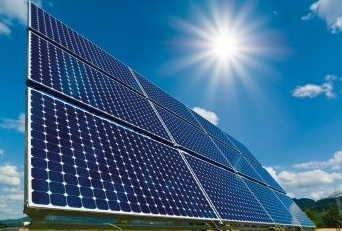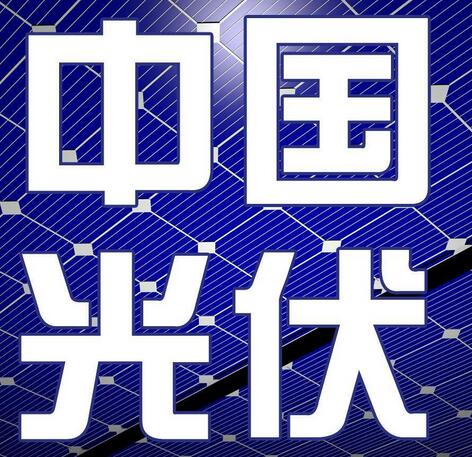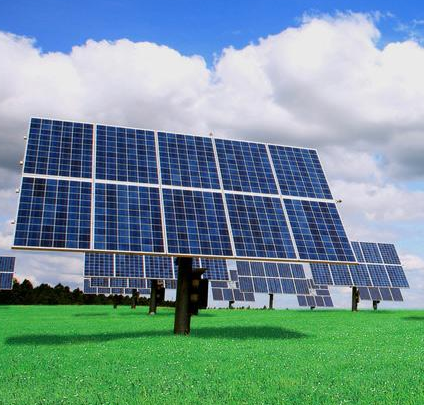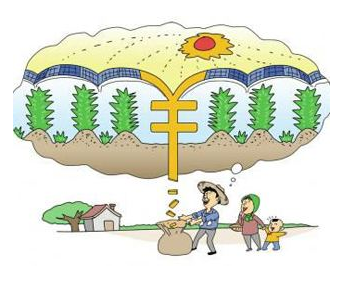Although the photovoltaic market in 2018 was in a downturn due to the release of the "531" New Deal, the installed data showed that the situation may not be as bad as expected. At the beginning of the New Deal, the industry's new installed capacity is expected to be around 30GW in 2018, but the installed capacity in the first seven months of this year has exceeded this industry expectation. According to media reports, as of the end of July this year, China's new PV installations have reached 31.3GW in 2018. Relevant experts predict that the cumulative installed capacity of PV will have an opportunity of more than 40GW this year, and 2018 is likely to be the second largest year in China's PV history (installed capacity).
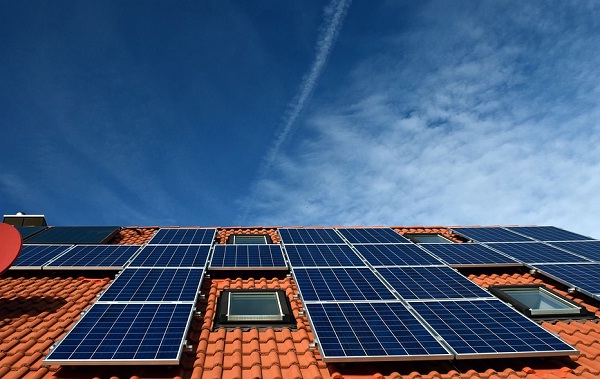
It can be seen that despite the influence of the “531” New Deal, this year’s new PV installations are still at a relatively high level. The new installation forecast of “30GW”, which was quite pessimistic in the industry, was not accurate. The PV industry may have slowed down, but it is not as bad as the population.
Time came to September, the photovoltaic market ushered in some local governments to issue subsidy policies, the EU market reopening and other positives, the industry has changed from the initial helplessness to active response. At the same time, the PV front-runner project, which has traditionally been the industry's vane, is also likely to usher in new changes in recent times.
The fourth front runner project is about to hit
According to information previously disclosed by the National Energy Administration some time ago, the fourth phase of the PV leader project will be launched in due course in the second half of this year. The third-phase runner-up project was officially launched in September 2017. It has all been implemented. According to the practice of starting the first-phase one-year starter, the fourth-phase runner-up project this year is also likely to start in the near future.
The third batch of front-runner projects preferred 10 application lead bases and 3 technology lead bases. Among them, 10 application leading bases have all started construction, and 3 technology leading bases have also completed the company's preferred work. According to the plan, the total of 6.5 GW projects in the 13 leading bases of the third phase will be completed and connected to the grid by the end of 2018 and the first half of 2019.
In 2018, there are only three months left, so the fourth phase of the runner-up project is getting closer and closer. Due to the large changes in the PV market in 2018, the relevant arrangements for the fourth-phase runner project will have a significant impact on the PV industry. What changes will be made to the fourth front runner project? What do these changes represent?
Conjecture about the front runner project
Due to the release of the “531” New Deal, the PV market is turbulent. The fourth phase runner project will be the first batch of subsidized PV project indicators issued after the “531” New Deal, so the relevant policies and arrangements will be closely watched by the industry. According to the relevant information disclosed by the Energy Bureau, the following changes will occur in the fourth-phase runner project.

1. Project capacity will be expanded
According to the "Guiding Opinions of the National Energy Administration on the implementation of the 13th Five-Year Plan for Renewable Energy Development", during the period of 2017-2020, China will arrange 8 million kilowatts of leading base projects each year, and the National Energy Administration will organize the competition to determine the competition. In 2017, the third-phase runner-up plan includes 13 bases for the application of leading bases and technology-led bases. Each base has a project capacity of 500,000 kilowatts, totaling 6.5 million kilowatts. In this way, the remaining 1.5 million kW front-runner project has not yet been arranged.
















 RCCN WeChat QrCode
RCCN WeChat QrCode Mobile WebSite
Mobile WebSite


